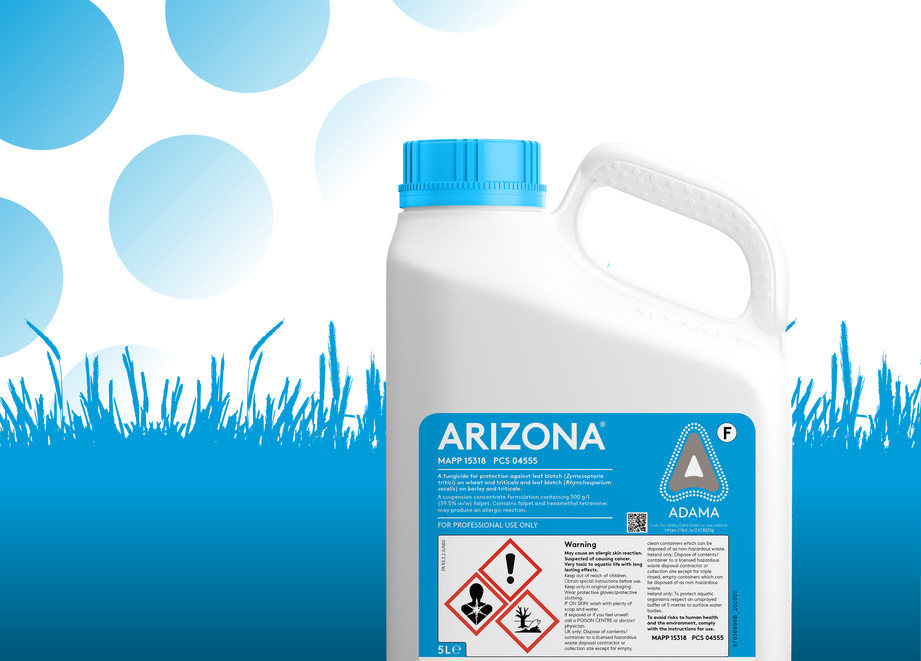
ARIZONA (folpet) Survey Findings
ARIZONA in wheat
The survey showed that ARIZONA was used at a range of spray timings in 2021, with approximately half of applications made at the crucial T1 timing. T2 was the next most common timing, with a number of treatments also applied at T0 and at T1.5.
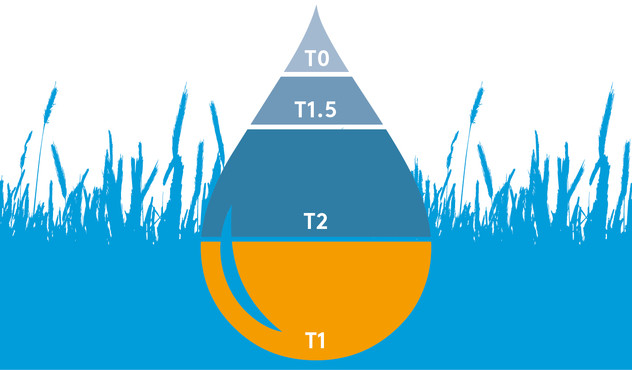
ARIZONA in barley
ARIZONA was also used at a range of growth stages in barley, with the most common timings being at T2 and T1, with T1.5 applications also relatively popular. As above, ARIZONA was used at T0 by some growers but to a much lesser extent compared to the later timings.
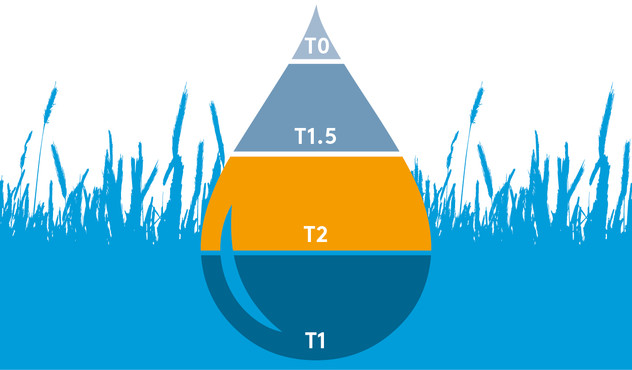
Reasons for including ARIZONA
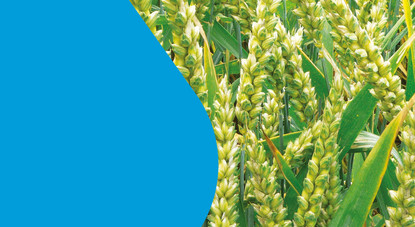
One.
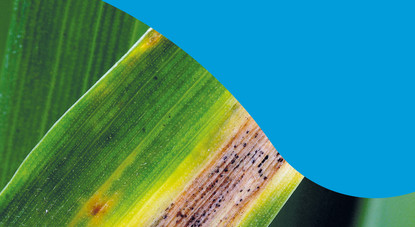
Two.
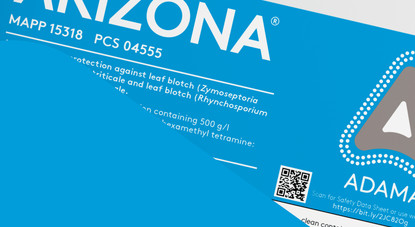
Three.
Managing resistance
The survey highlighted that growers are using a range of strategies to manage disease resistance, with the more popular tactics including using several fungicide active ingredients in combination, selecting disease resistant varieties and including a multi-site mode of action to protect single site fungicides.
The survey also highlighted the use of cultural control measures as a key tool in the fight against the development of disease resistance.
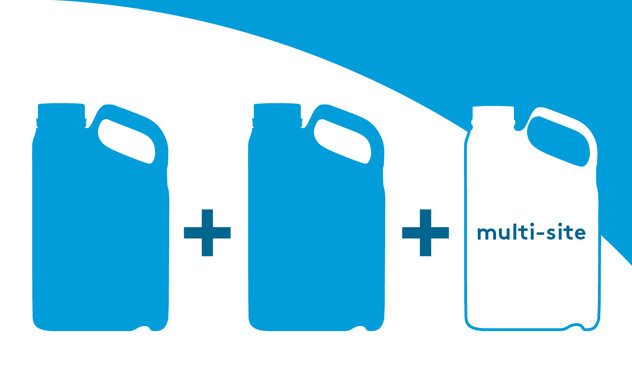
Assessing risks
The survey found that the majority of growers and agronomists used ARIZONA last year in order to boost the ability of their crop protection programmes to reduce the risk of disease resistance. This was reaffirmed by the fact that more than 98% of respondents believe that resistance management is an important element of their crop protection strategy, with 85% stating they are either ‘concerned’ or ‘very concerned’ about escalating levels of disease resistance having a detrimental impact on their ability to control cereal diseases in the future.
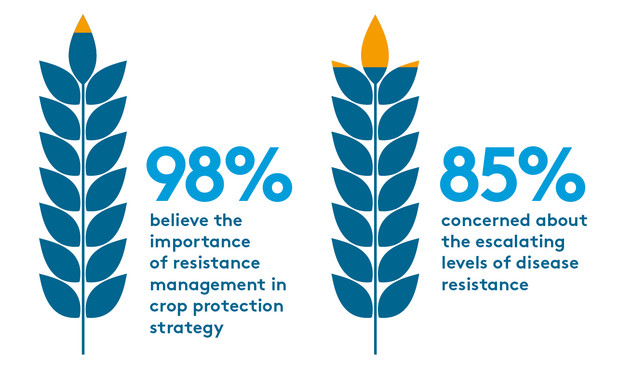
Looking ahead
A similar picture is anticipated in 2022, with the majority of growers surveyed suggesting they’ll once again be using ARIZONA at T1 and T2 in wheat and barley. T0 and T1.5 applications are also expected to take place again this year, depending on the conditions of the season.
